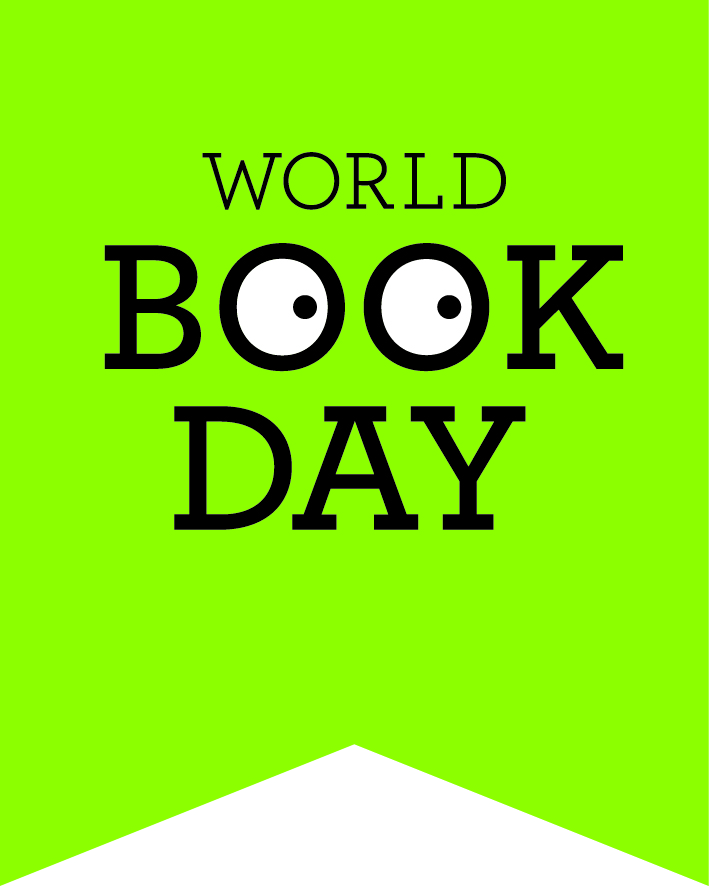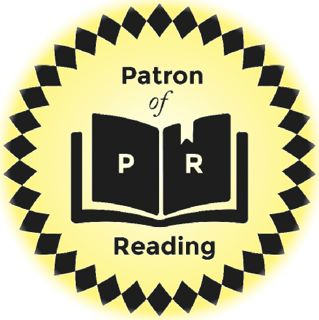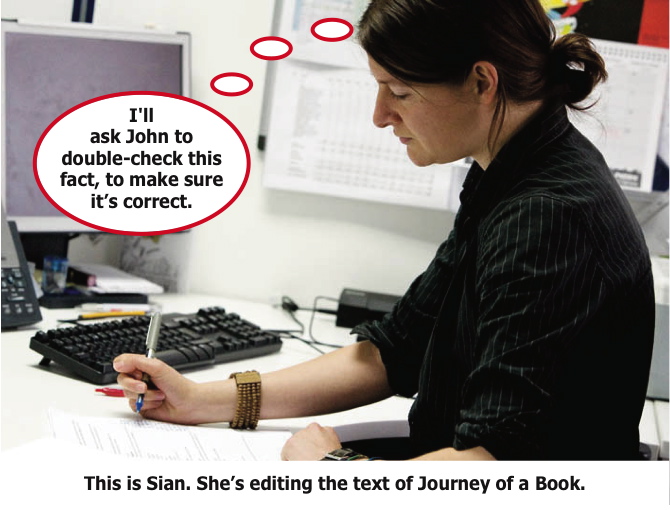
6. Attention to detail
The editor's job
I hope the editor likes what I've written ...
The editor asked me to write the book, and now he or she is the first person to read it.
As long as I've followed the plan, then everything should be exactly what I promised the editor I was going to write about.
The editor doesn't read the text just for pleasure. Try thinking of the editor as being like a teacher – someone to check my work and correct mistakes. The editor – like a teacher – wants me to do my very best work.
Check, check, then check again
No-one wants to find mistakes in a book. It's the editor's job to make sure the text makes sense. The editor must also look for mistakes and correct them, before it's too late and they end up in the actual book, which would be very embarrassing. Editors pay great attention to detail. Here are some of the things the editor does with my text:
- Corrects spelling mistakes.
- Corrects punctuation mistakes.
- Corrects grammar mistakes (I might have put some words in the wrong order).
- Corrects factual mistakes, or asks me to double-check a fact.
- Corrects sloppy or lazy writing (I might have over-used a word instead of using alternative words).
- Cuts out words, sentences or paragraphs that aren't needed.
- Rewrites small pieces of text, or asks me to do it if a lot of rewriting is needed.
- Checks that I've followed the plan.

Proofreading
If the editor finds a mistake, or wants to change something, they make strange-looking marks, usually in the margin. These are called 'proofreading marks'. There are about fifty different proofreading marks, and each one is an instruction to do something.

You can see five proofreading marks in the diagram on the left. The diagram on the right shows how to use them.
You might think a computer spell-checker can be used to check for spelling and punctuation mistakes. Well, it can, but it will not find every mistake. Honestly, it won't.
That's why it's important for a person – an editor, a proofreader – to carefully check the author's text.
The blurb
It's also the editor's job to write the blurb. This is a description – a few sentences, a short paragraph – of the book. The blurb usually goes on the back cover but, if the book has a dustjacket, it can go on the flap at the front of the jacket.
A well-written blurb should grab attention just enough to make you want to know more – and if it does that, you might go on to buy or borrow the book.
Spot the embarrassing mistake – this actually happened!
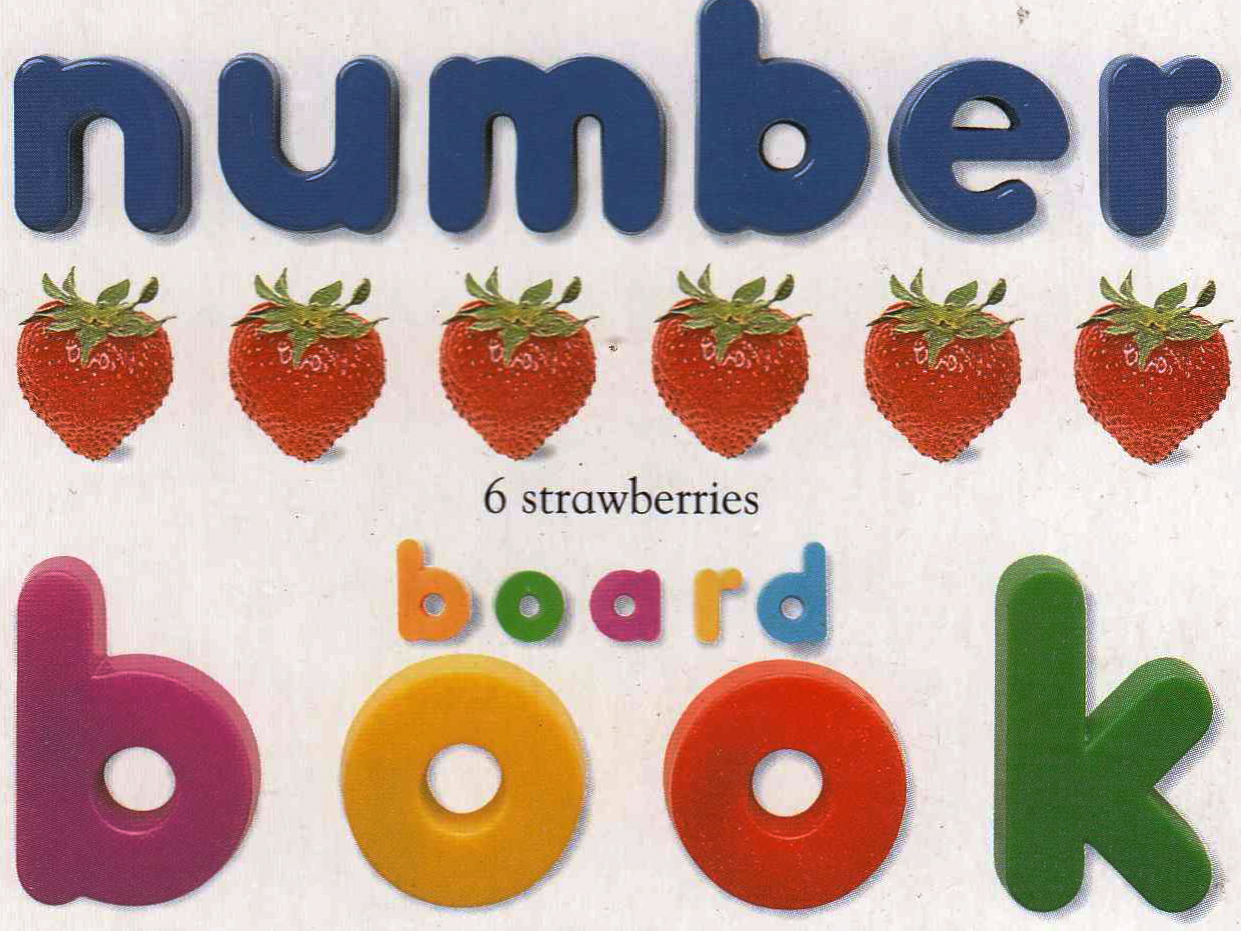
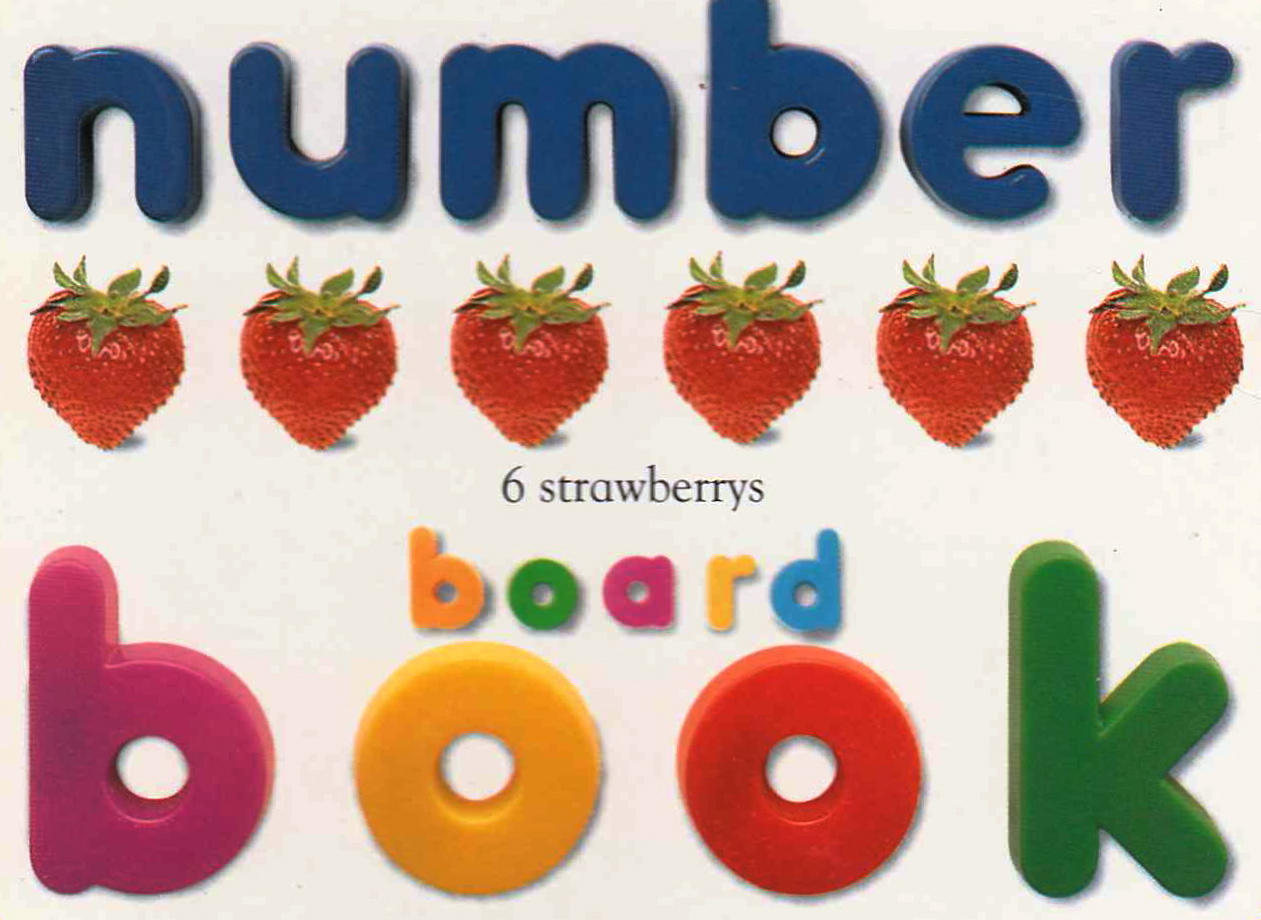
Compare these two book covers. The one on the left ended up on sale before the spelling mistake was spotted and corrected.*
While the editor is checking the text, it's time to make someone else busy. The book needs illustrations. You'll find out where they come from on page 7.
* The plural of 'strawberry' is 'strawberries' not 'strawberrys'. Oops!
Top image © Capstone Global Library Ltd





